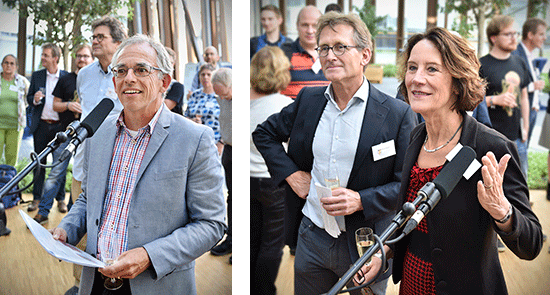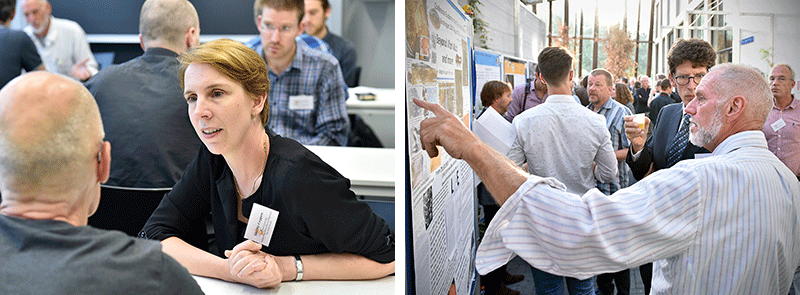What is the origin of Earth and life? Can we predict biological evolution? Is it possible to build life from molecules to biosphere? What can we say about extraterrestrial life and how do we bridge the huge temporal and spatial scales from quantum mechanics through living matter to galactic superstructures
These five questions govern the tentative research program of the Origins Center, and are inspired by the general public in The Netherlands. In 2015, anyone could submit questions they wanted scientists to answer. This resulted in 12,000 questions which were summarized in 140 clusters. These clusters in their turn inspired 25 ‘research tracks’ which together constitute a National Science Agenda for the Netherlands. One of these tracks is about the origin and future of life in the universe. In a series of workshops, the participant scientists defined five questions on this track, the answers to which will be ‘game changers’ in our understanding of life. The Origin Center was recently awarded a starting grant of EUR 2.5 million to get its program going.

It was therefore fitting that the official opening symposium of the Origins Center at the University of Groningen was built around these five game changers. During two days (30 August and 1 September 2017), 19 presentations covered different aspects of the five questions. The program was however started by a video message by the Minister of Education, Culture and Science Jet Bussemakers, who wished the scientists well on their quest. Acknowledging that science needs many things including an audience, she urged the participants to seek out and interact with the audience that was created when so many citizens submitted questions to the National Research Agenda.
This was followed by a special presentation on the Earth-Life Science Institute in Japan, which covers a similar innovative and interdisciplinary field as the Origins Center. ELSI scientist John Herlund explained the challenges of doing something totally new.
In Session 1, presentations on the origin of the Earth and life on our planet spanned subjects from protoplanetary discs, through clay minerals as hotbed for the formation of life and volcanic gases as power sources, to a bioinformatics theory of the origin of life.
And once life has started, the question (tackled in Session 2) is whether we can predict the evolutionary course it will take. It is likely that evolving life will shape the planet, creating its own biosphere. But changes on the planet, like for example climate change, have an impact on the evolution of life. Computer simulations shed new insights into the beneficial effects of host-parasite interactions on the evolution of proto-cells, and by combining of bioinformatics, paleontology and other scientific disciplines it is possible to estimate when the Last Universal Common Ancestor of all life on Earth existed, and when archaea and eukaryotes evolved.
The challenge of Session 3, building life from lifeless molecules, is one that many scientists have taken up. In The Netherlands, a very large grant was given earlier this year to a national consortium that aims to build a minimal form of artificial life from molecular components. Also in this session, 2016 Nobel Laureate in Chemistry prof. Ben Feringa (University of Groningen) explained his fascination for ‘The Art of Building Small’ but also for chirality, the ‘handedness of life’. This is one of the many unsolved puzzles in Origin of Life research: why does life use predominantly one chiral form of amino acids and sugars?
With his presentation, Feringa rounded off day one.
The second day continued with the session of building life, with presentations on emergent properties and non-equilibrium chemistry – importantly, as living systems are always in such a state.
Session 4 went beyond our own planet, in search of biosignatures on exoplanets but also assessing the chances of life ever having evolved on Mars. A very big question that was also discussed is what exactly makes planets habitable. Building on this, it was discussed which molecules go beyond ordinary chemistry and would therefore be signs of life.
In the fifth and final session, the question of scales was discussed in two very different ways: need quantum phenomena be invoked in explaining evolutionary significant biological structures and processes in biology, and how can we track one cell becoming a whole organism?

The conference was wrapped up by Stan Gielen, director of Dutch science funding organization NWO, who explained the changes in the funding landscape and the place of the National Science Agenda in it.
Some 180 participants enjoyed two days of stimulating presentations and discussions. During a speed-date, they got to know a few total strangers and during the poster sessions, many more participants were able to present their own work. The organizers look back on a very successful symposium at the start of a fascinating and extremely challenging research program.



